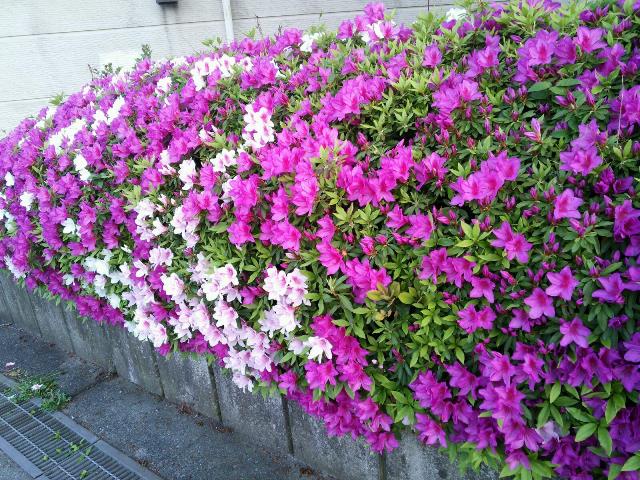

AIGahaku has the largest collection of different artistic styles to choose from.

#Watatani gahaku skin
Improves skin and brings out an atmospheric, natural portrait look. BUILT FOR SOCIAL: Easily capture and share fun, high-quality photos to your favorite social network. We are so sorry that our AI has been trained mostly on portraits of people of European ethnicity.
#Watatani gahaku pro
We're planning to fix this soon.ĪI Gahaku app works like a fully automated pro AI Portrait photo editor. You must agree to AIGahaku privacy policy: You can also check PortraitAI app and AI Gahaku Art website from Tokyo.ĪIGahaku photo editor is brought to you by AIGahaku(ai-art.tokyo). Your AIGahaku PRO subscription will automatically renew 24-hours prior to the end of each term (month or year correspondingly) and your card will be charged through your iTunes account. You can turn off auto-renewal at any time in your iTunes account settings, but refunds will not be provided for any unused period of the term.Screenshot of Google Arts & Culture Art Selfie Webpage.

Remember Google Arts & Culture’s Face Match ? Back in 2018, Google’s Arts & Culture app-which primarily exists to give users access to a ton of famous works of art at their fingertips-briefly went viral thanks to a particular feature that allowed users to upload selfies, which the app would then match with existing artwork. Sometimes the matches were eerily accurate, and sometimes they were hilariously off-base.įor about a week, you couldn’t escape people posting side-by-side photos of themselves next to Google’s chosen artwork match.

Recently, the next logical step in this kind of AI-based art appreciation appeared online in the form of AI Gahaku. Selfies are also involved with this particular app, but this one’s not just about matching your face with existing works of art. AI Gahaku is, in fact, an AI artist who will create Renaissance-style paintings based on the selfies you submit.īelow, for instance, is an artwork generated by AI Gahaku based on a selfie taken by the author of this article a few months ago:ĪI Gahaku, Kenji Self-Portrait. (Courtesy: AI Gahaku)ĪI Gahaku is the creation of a Japanese full-stack developer named Sato.
#Watatani gahaku software
He has come up with ten different styles to choose from when you upload your selfie and the software that analyzes the photo. All of the filters look like variations of portraits by Leonardo da Vinci, Michelangelo, Albrecht Dürer, and other such famous Renaissance-era artists.ĪI Gahaku might seem like little more than a classier version of, say, Instagram, which has a variety of filters to give your run-of-the-mill smartphone pictures a more “artistic” look. But AI art of the kind AI Gahaku traffics in isn’t exactly a new phenomenon. In fact, AI art has been part of the art world for the past few years now, albeit not to quite the degree of mainstream acceptance that Sato’s creation has achieved in the past week or so.
#Watatani gahaku code
Perhaps the most notorious example of AI art that stirred the art world came in 2018 with “Portrait of Edmond de Belamy.” The “Portrait” was an artwork created not by a single artist, but by a French collective named Obvious, whose members didn’t even create the algorithm that generated the work but instead altered an existing developer’s code to come up with the Renaissance-like portrait. The piece not only ended up at a Christie’s auction but also sold for $432,500, far surpassing any appraiser’s pre-auction estimates.ĪICAN + Ahmad Elgammal, Faceless Portrait #2. Creative adversarial Network print on canvas, 58 x 58 in. (Courtesy: HG Contemporary)Įven if one doesn’t find the end products of these pieces of artificial intelligence-generated art all that interesting, Dr. Elgammal suggests that it’s not so much about the result as it is about how the result came about. Elgammal wrote in the January-February 2019 issue of the magazine American Scientist, “one that involves an artist and a machine collaborating to explore new visual forms in revolutionary ways.


 0 kommentar(er)
0 kommentar(er)
